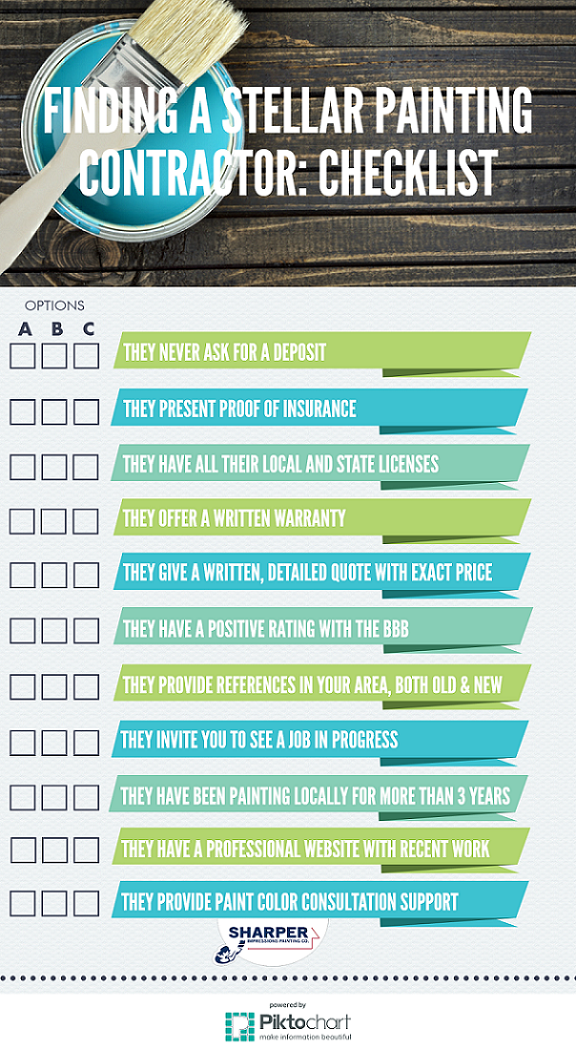Explore The Function Of Seasonal Factors In The Success Of Commercial Outside Paint And Uncover The Most Effective Times To Secure Lasting Results For Your Project
Explore The Function Of Seasonal Factors In The Success Of Commercial Outside Paint And Uncover The Most Effective Times To Secure Lasting Results For Your Project
Blog Article
Web Content Author-McLamb Bagger
When you're preparing a business external painting job, seasonal aspects can make or damage your results. You'll wish to consider exactly how temperature level and moisture effect paint application and drying times. Picking the ideal period can ensure your paint adheres correctly and lasts longer. But which periods are truly the best for this kind of job? Allow's explore the crucial elements that can influence your job's success.
The Effect of Temperature Level on Paint Application
When you're intending an industrial outside paint project, the temperature level can dramatically influence exactly how well the paint sticks and dries.
Ideally, you want to repaint when temperatures vary between 50 ° F and 85 ° F. If it's too chilly, the paint might not cure correctly, leading to issues like peeling off or fracturing.
On the other side, if it's too warm, the paint can dry too promptly, stopping correct adhesion and leading to an irregular surface.
You need to additionally take into consideration the moment of day; early morning or late afternoon provides cooler temperature levels, which can be more desirable.
Constantly check the producer's referrals for the details paint you're using, as they commonly give advice on the perfect temperature array for optimum results.
Humidity and Its Effect on Drying Times
Temperature isn't the only ecological variable that influences your industrial external paint task; humidity plays a substantial role as well. High humidity degrees can reduce drying times dramatically, impacting the total quality of your paint job.
When the air is saturated with wetness, the paint takes longer to treat, which can lead to problems like inadequate attachment and a higher threat of mildew growth. If you're painting on a particularly humid day, be prepared for extended delay times in between layers.
clean latex paint from brush to monitor neighborhood weather conditions and plan accordingly. Ideally, aim for moisture degrees between 40% and 70% for ideal drying.
Maintaining painting contractor in dfw in mind ensures your task remains on track and supplies a lasting finish.
Best Seasons for Commercial Exterior Painting Projects
What's the best time of year for your industrial external paint jobs?
Spring and very early fall are normally your best choices. Throughout these seasons, temperatures are mild, and moisture degrees are commonly reduced, producing perfect conditions for paint application and drying out.
Prevent summer season's intense heat, which can create paint to dry also quickly, causing poor bond and coating. Similarly, winter months's cold temperatures can impede proper drying and healing, risking the long life of your paint job.
Go for days with temperature levels in between 50 ° F and 85 ° F for optimal results. Bear in mind to check the regional weather report for rain, as wet conditions can destroy your task.
Preparation around these factors guarantees your paint project runs efficiently and lasts longer.
Verdict
Finally, planning your commercial outside paint jobs around seasonal factors to consider can make a considerable difference in the outcome. By click this link here now during the optimal temperatures and moisture levels, you'll guarantee far better attachment and drying times. Bear in mind to keep an eye on local weather forecasts and choose the correct time of year-- spring and early autumn are your best options. Taking these steps will certainly aid you attain a durable and professional surface that lasts.
